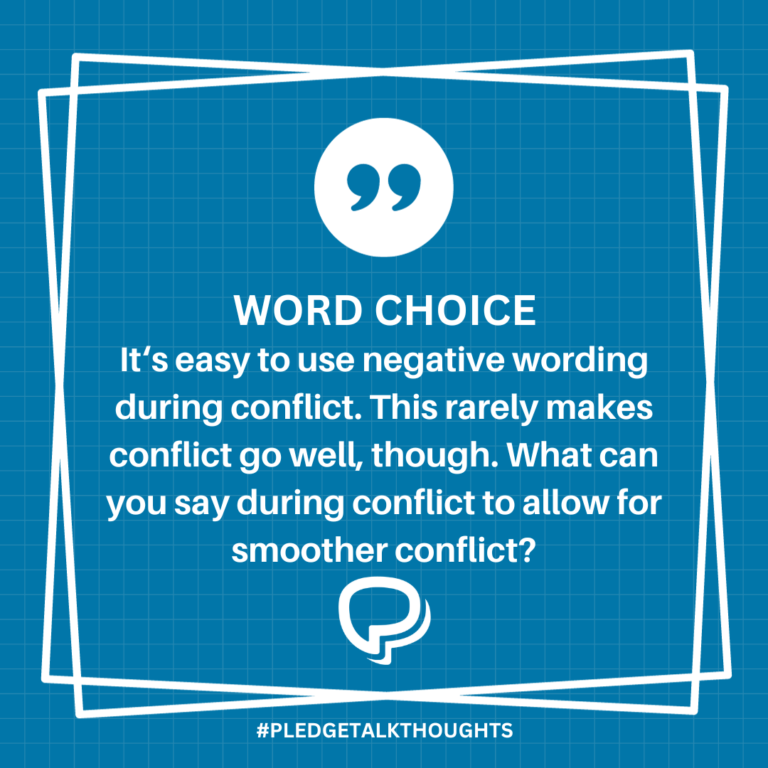Further Thoughts on What to Say Rather than “But” in a Conversation! 11/2/23
Half empty or half full?
You have heard the question – probably many times. It is asked after a speaker holds up a glass with water up to the halfway mark. The question is then posed for the purpose of discovering whether people tend to be more optimistic in life or pessimistic. Everyone then gives a bit of a chuckle and the speaker makes some kind of point from the illustration.
One day, I found myself thinking, they’re wrong. They are all wrong! The glass is not half empty OR half full, it is BOTH! It is half empty AND half full!
What does this have to do with conversations or conflict?
In almost every conflict conversation I have been a part of personally or professionally, I see two things take place. First, both parties think their way is the right and only way when it comes to resolving the conflict. I must confess, this describes me as well. It is what I tend to think at first when I am in conflict. I would go so far as to say it is the default position we all take when in conflict. I’m right – you are wrong. Someone says, “The glass is half-full” and they are sure they are right.” The other party says: “The glass is half-empty” and they are sure THEY are right. There is no other position to even consider on either behalf!
The second thing I see is this: as time is taken to understand each person’s perspective the view of the problem begins to change. It may happen quickly, or it may take quite some time. But it does happen – almost universally if we take the time to truly listen and understand – our view changes. We may not agree with another’s side of the story, but we come to see that the glass was not just one way or another. It was both. There was more to see and understand as to why the conflict occurred.
Herein is the reason to use the phrase “at the same time” rather than the word “But” when in a conflict conversation. The latter response infers there is only one side to the story. Saying “at the same time” clearly indicates an understanding of a greater picture.
Sometimes I use the idea of a puzzle when in a conflict. I seek to gather all the pieces of the puzzle from the other party or parties making sure to validate them. I then say I have a few more pieces to add, and ask if they would be willing to hear or see them as well. Upon putting my “pieces” on the table to complete the puzzle, we can then step back to gain the full picture of what took place when the conflict occurred.
The next time you find yourself in a conflict make sure you do all you can to slow down the process and put the entire puzzle together. Committing to the process of seeing the whole picture will go a long way to helping you have healthy and helpful conflict conversations!
Oh and be sure to nix that BUT word!
Mark Oelze, Author/Creator of PLEDGEtalk
What one idea is most helpful from the above? Drop it into the comments below!






Leave a Reply
Want to join the discussion?Feel free to contribute!